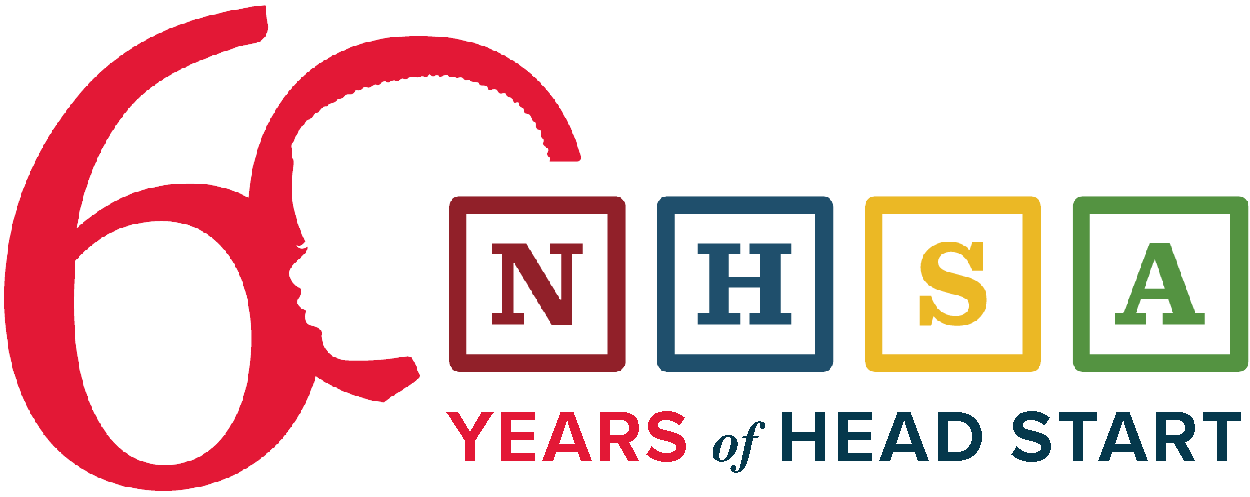Children and adults in early care and education programs can be infected with serious viruses or bacteria and not even know it. This course explores best practices from the Occupational Safety Health Administration (OSHA) to mitigate the potential of this serious risk.
Children and adults in early care and education programs can be infected with serious viruses or bacteria and not even know it. Cleaning up bloody noses or having an open cut can cause potential exposure to bloodborne illnesses. Because of this serious risk, Head Start programs are required to follow certain procedures to help prevent the spread of bloodborne illnesses. This course explores best practice standards from the Occupational Safety Health Administration (OSHA) to prevent transmission and handle potential exposure in the workplace.
Health and safety are top priorities for Head Start and Early Head Start programs. Caregivers and teachers are required to be educated regarding OSHA’s Standard Precautions before beginning to work in the program and annually after. By completing this course, learners will gain an understanding of what bloodborne pathogens are, common modes of transmission, and methods to respond safely.
- Start Date: Available on-demand
- Course Level: Beginner
- Requirements/Prerequisites: None
- Target Audience: Instruction and Effective Practice, Leadership and Management, Program Operations, Support Services
- Course Meeting Times: None
- Completion Timeline/Duration: One Month
- Alignment with the Head Start Early Learning Outcomes Framework (ELOF): This course supports programs in meeting the 1302.47 Safety practices requirements of the Head Start Program Performance Standards (HSPPS) in which a program must “establish, train staff on, implement, and enforce a system of health and safety practices that ensure children are kept safe at all times” and “ensure exposure to blood and body fluids are handled consistent with standards of the Occupational Safety Health Administration.”
Course Outline
Module Topics:
- What are Bloodborne Pathogens?
- Common Bloodborne Pathogens
- Exposure Control Plans
- Safety Guidelines from US Department of Labor Occupational Safety and Health Administration (OSHA)
- Risks and Methods to Reduce Exposure
Learning Objectives: Learners will understand what bloodborne pathogens are, how they can be dangerous, how to safely prevent interaction with bloodborne pathogens, and how to respond should they come in contact with bloodborne pathogens.
Registration Rates
Includes:
1 Hour of Course Material
Months of Access to Course
